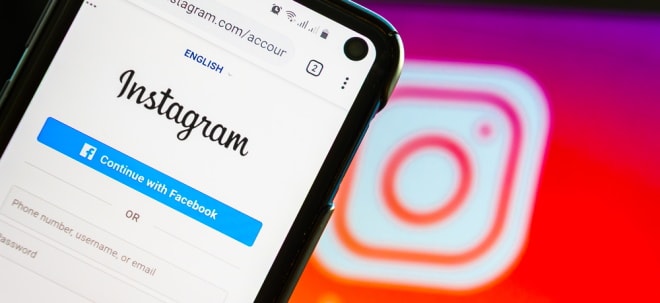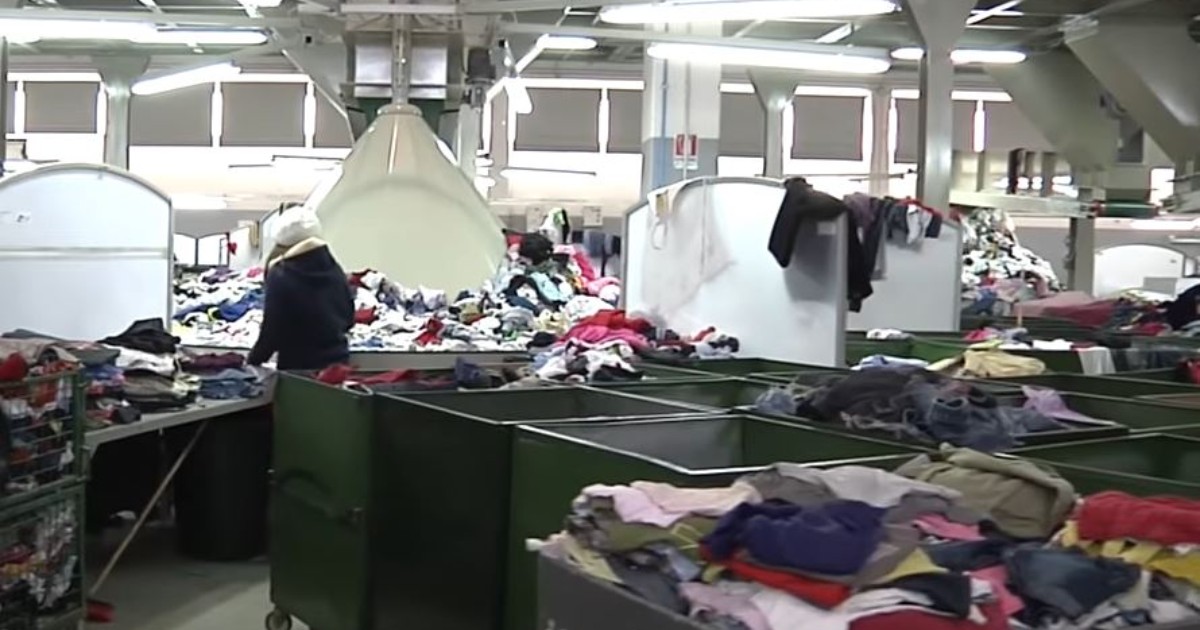If you suspect you are a workaholic, then this is not a cause for celebration, but rather a cause for concern. Work addiction not only has a bad effect on your performance, it also has health consequences.
Are you a workaholic It is not easy for everyone to answer this question, because often those affected do not even know that they suffer from work addiction. Our workaholic check can help with this, for example. Because we would like to use today’s workaholic day to draw attention to the problem, let experts have their say and also show how much responsibility employers have for their employees.
Overtime despite the corona crisis
In 2020, employees in Germany worked a total of 1.67 billion hours of overtime, which is only a small decrease compared to the previous year – despite the corona crisis. In addition, around half of this overtime was unpaid. Due to the outdated work mentality “only those who work long and long can achieve something”, overtime is a good form in many companies. A risk for employees, because this can promote work addiction.
Can y’all relate to this? First day of vacation and my first 8 hours are mostly focused on reminding myself not to check email. #Workaholic #NotCute
— Dr. Jenay Robert (@JenayRobert) June 25, 2021
But why has the corona crisis not contributed to the decrease in the number of overtime? Probably because the change from the office to the home office was too abrupt. Employees did not have time to prepare for the new work situation and to delve deeper into the concept. As a result, the work-life balance suffered for many. Jessica Halthof, Chief Client Officer at Buzzbird, explains in a statement:
The work-life balance has changed so massively in the last year that it has probably never been before in everyday working life.[…] While the time gained at home at the beginning of the pandemic was often used for sports, mucking out and watching Netflix, I worked a lot more, especially in winter 2020. The work-life balance is out of whack because it wasn’t possible to live like it was before. I often sat down from bed at my desk in the morning and ended the day on the sofa with the laptop in the evening. Work and colleagues became a social anchor, and I found it difficult to actively break away from work, especially when you don’t have the luxury of a separate office space at home. At the same time, the pandemic made it all the more visible what recharges my batteries and how important it is to take time out and do activities regularly.
Halthof addresses an important point in terms of workaholic prevention: Employees have to find a balance between work and leisure, they have to switch off and really be able to go after work.
Signs of job addiction
If the line blurs, the work-life balance gets out of hand and at some point those affected can no longer even tell the difference between working hours and leisure time. Work addiction can manifest itself through the following “symptoms”:
- Strong desire to work also in leisure time
- Absence from work causes discomfort
- Tolerance education, through which work addicts have to achieve more and more over time
- Loss of control over one’s own workload
- Withdrawal and denial when the excessive work behavior is addressed
- Physical complaints such as cardiovascular problems, mood swings, exhaustion, ulcers, blackouts
- Team behavior: outbursts of anger, constant criticism of others
- Social behavior: work on days off, neglect of social contacts, compulsive behavior
- Work behavior: Delaying duties, exaggerated perfectionism, addiction to control
Sometimes it also seems as if workaholics (want to) be celebrated in public for their unhealthy work behavior. An example of this is the following tweet:
Spent my week of vacation working on a bunch of portfolio projects. #Workaholic
– Neha Pasnoori (@nehapasnoori) June 28, 2021
Work addiction in the home office
Kerstin Pape, Managing Director at Customer Excellence GmbH, sees risks for overtime and job addiction, especially for families in the home office. So she explains:
For the couples at home it was a challenge to organize themselves as well as possible so that both were able to maintain the work-life balance. In my old job environment as a division manager, I noticed that it worked well for one employee and not so well for the other. As a manager, you were asked to talk to the individual employees about how the home office situation works and how the employees feel about it. In general, I believe that the bottom line was that the home office actually worked more than before, because you started earlier in the morning due to the lack of travel time, sometimes appointments were set differently than earlier in the lunch break or even emails were sent in the evening. Job and free time are more blurred due to the 100% home office. Every employee was therefore asked to draw this ‘line for balance’, also towards the supervisor.
Pape emphasizes that employees have to be responsible for themselves and draw the line between work and leisure. At the same time, however, she also emphasizes that managers are also in demand. These should convey to their employees that work is not paramount and that breaks and the end of the day are important for their own performance and, above all, their health. In addition, the private environment and colleagues are encouraged to notice changes in behavior. Outsiders should try to talk to those affected. However, if they are turned away, it can also help to get their superiors on board.
▪️#tagderworkaholics▪️From #Work addiction from. #Wokaholismus one speaks when the affected person has an extremely high level #Work assignment bring about & their behavior has compulsive or addictive traits. The #To think & #Behavior the # Workaholic is almost exclusively focused on their work. pic.twitter.com/dQnXqXiin2
– Helios Clinic Erfurt (@ErfurtHelios) July 5, 2020
Do you work more when there is a purpose?
Expresses an interesting thought on the subject of workaholism and overtime David Gabriel, CEO of Smarketer:
I am a person who likes to work a lot and I think that work is only burdensome or makes you sick if you don’t see any point in it. For me, the focus is on the meaning and enjoyment of work. […] The meaningfulness of our work can be continued beyond company boundaries. As companies grow, they can be much more socially responsible. […] So on ‘Day of Workaholics’ it is not just about the pure reworking and the resulting frustration, but rather about the search for the sustainability of one’s own work.
In Gabriel’s view, anyone who has fun at work and sees the purpose of their own work is less prone to falling into pathological work addiction. And he doesn’t seem entirely wrong with that. Because one of the main causes of pathological workaholism is pressure to perform and compulsion at work. Employers are therefore encouraged to take as much pressure off the shoulders of their employees as possible. This works, for example, by avoiding micromanagement and constant control, preventing competition and addressing and criticizing unhealthy work behavior – such as constant overtime. Giving employees a sense of purpose and showing them the role their work plays can also act as a preventive measure.
Pull the emergency brake in good time
Workaholic Day is not intended to celebrate workaholism, but to draw attention to the associated risks. Too many sufferers do not even know that they are already workaholics or that they are about to do so. In particular, the merging of leisure and professional life through the Corona home office has put workers in a mess. It is therefore important to become aware of the problem quickly and to pull the emergency brake in good time. Help is offered, for example, by the Association for Anonymous Employees (AAS), which offers solutions with a 12-point plan. Those who are still on the threshold of addiction may still be able to help themselves by taking certain measures:
- Plan leisure appointments such as business appointments and enter them in the calendar instead of canceling them
- Switch off your cell phone and laptop in the evening so that no emails are answered or projects continue to be planned
- Delegating tasks to colleagues – one of the most difficult steps that requires a lot of trust
- Initiate friends and family so that they can veto as soon as one falls into “addicted” behavior
- Not only making self-esteem dependent on work, but finding other ways such as hobbies
You can find more on the topic and other measures that employers can also take in our workaholic check. But now butter with the fish: Do you see yourself as a workaholic? Do you know any of your colleagues? Are your superiors taking preventive measures? And how much overtime is the rule for you? Let us know in the comments.
–


